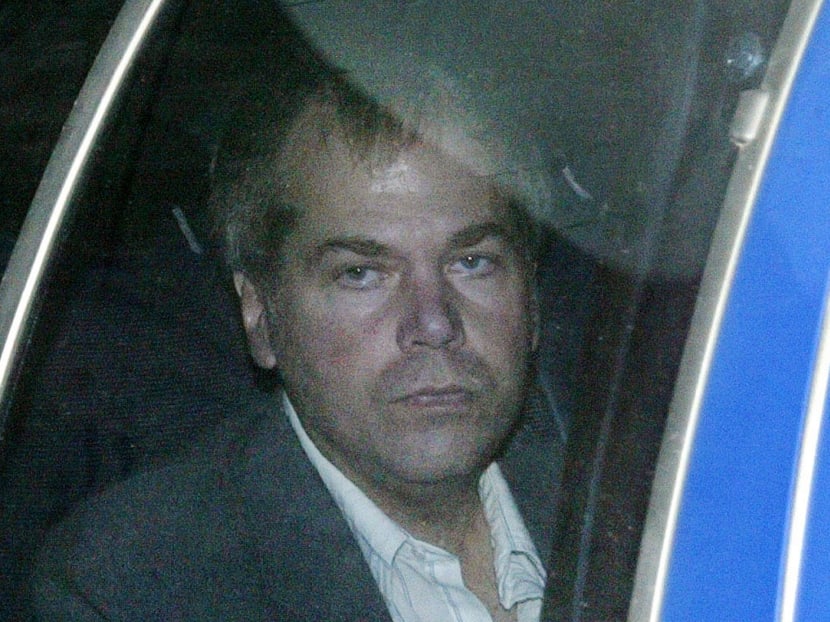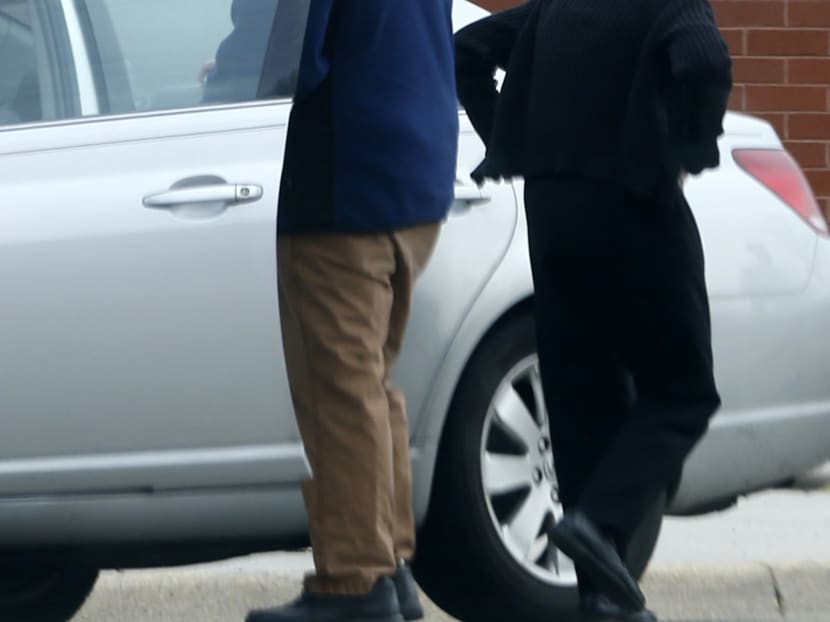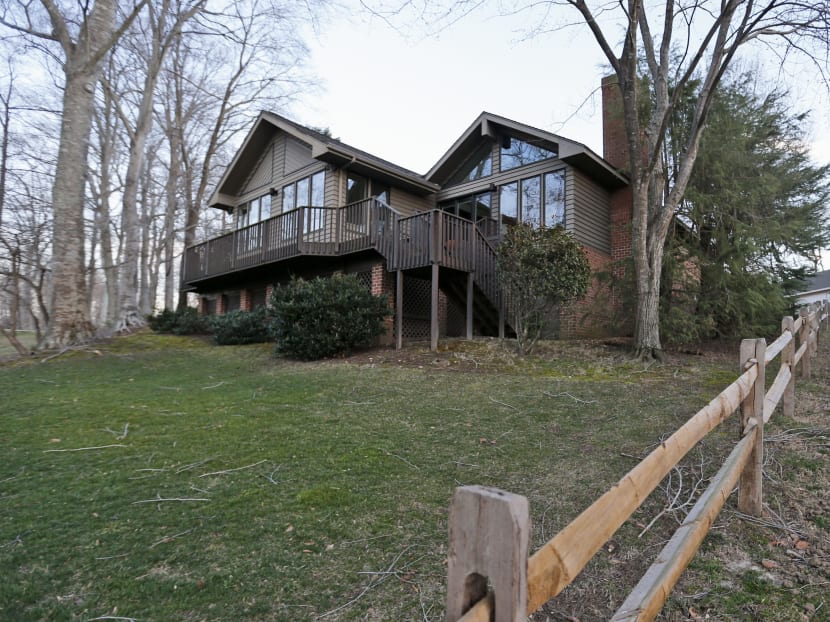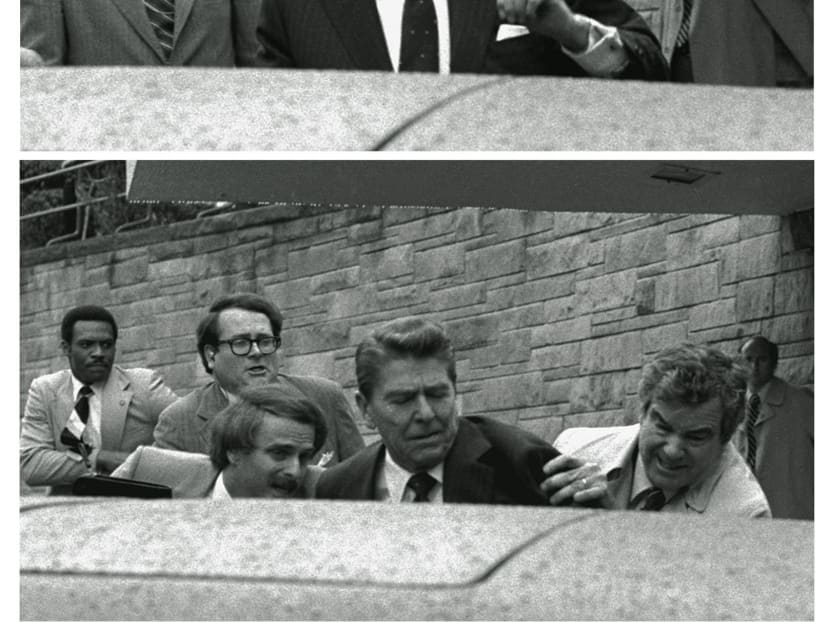Reagan shooter finds rejection, indifference in future home
WASHINGTON — The last man to shoot an American president now lives much of the year like any average Joe: Shopping, eating out and watching movies.




WASHINGTON — The last man to shoot an American president now lives much of the year like any average Joe: Shopping, eating out and watching movies.
Mr John Hinckley Jr. was just 25 when he shot President Ronald Reagan and three others in 1981. When jurors found him not guilty by reason of insanity, they said he needed treatment, not a lifetime in confinement. The verdict left open the possibility that he would one day live outside a mental hospital.
For the past year, under a judge’s order, Mr Hinckley has spent 17 days a month at his mother’s home in Williamsburg, a small southeastern Virginia city. Freedom has come in stages and with strict requirements: Meeting regularly in Williamsburg with a psychiatrist and a therapist, volunteering. It has all been part of a lengthy process meant to reintegrate Mr Hinckley, now nearing 60, back into society.
Court hearings are set to begin Wednesday on whether to expand Mr Hinckley’s time in Williamsburg further — possibly permanently.
That leaves some in the place he’d call home wondering: Is he ready for life on the outside? And are they ready for him?
In hearings before US District Judge Paul L Friedman, doctors have testified that Mr Hinckley’s psychosis and major depression have been in remission for decades and that, while he still has a narcissistic personality disorder, its effects have diminished. Psychological testing shows Hinckley’s dangerousness risk is “decidedly low”, Mr Hinckley’s longtime lawyer, Mr Barry Levine, said during the most recent hearings over his release that ran intermittently from late 2011 through 2013.
For decades, Mr Hinckley was confined to St Elizabeths Hospital in the US capital. But Judge Friedman has been allowing him freedom in stages starting with a 2003 order: at first, day visits outside the institution, then local overnight visits.
Starting in 2006, Mr Hinckley was allowed three-night trips to Williamsburg, then four, then more. In late 2013, Mr Friedman approved the current 17-day stretches. Mr Friedman said he was persuaded Mr Hinckley was not a danger and that the longer stays might “provide new opportunities for employment and structured community activities”.
In Wednesday (April 15)’s hearing, St Elizabeths and Levine are expected to call for even more freedom. Prosecutors, however, have consistently opposed Mr Hinckley’s release, arguing he has a history of deceptive behavior and troubling relationships with women. During the last hearings, they cited a July 2011 incident in which he went to a bookstore instead of a movie and then lied about it. The Secret Service, whose agents sporadically tail Hinckley, reported he looked at shelves that contained books about Reagan and his attempted assassination, though he didn’t pick anything up.
“Mr Hinckley has not shown himself ready to conduct the hard work of transitioning to a new city,” prosecutor Sarah Chasson said in 2011.
Experts not involved in Mr Hinckley’s case said that people like him can successfully transition back to a community and that there are tools to evaluate whether they remain dangerous, though there are limits. That’s why the standard approach is to give freedom incrementally and monitor, said Dr Paul Appelbaum, a professor of psychiatry at Columbia University and a past president of the American Psychiatric Association. AP






